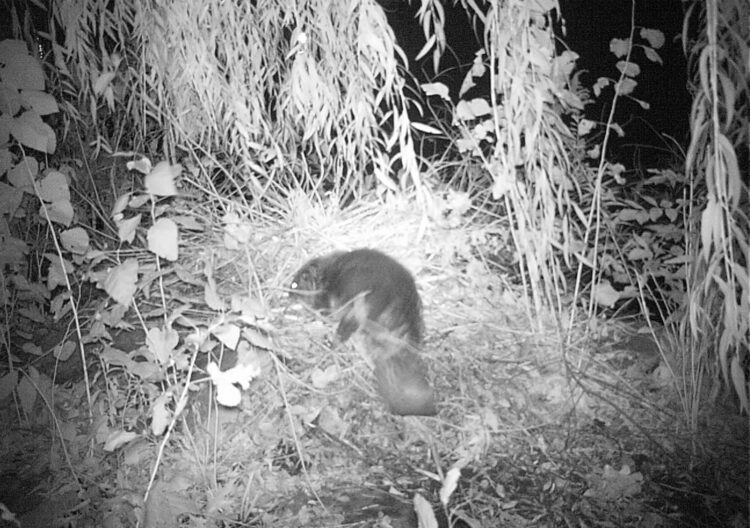In Chicago, we experience every season—and so far, fall has been beautiful! This time of year, the sunlight that can be so harsh in summer becomes softer and more diffuse, pumpkin spice beverages can be found in all the coffee shops, and the leaves change colors. On grounds at Lincoln Park Zoo, the gardens remain dramatic, but with more texture and muted colors. And at Nature Boardwalk, urban wildlife—including turtles, birds, beavers, and other animals—start to prepare for winter.
If you’ve ever wondered what the wildlife do at Nature Boardwalk and in your own Chicago neighborhoods when temperatures change and cooler seasons arrive, here’s all you need to know.
Birds Migrate
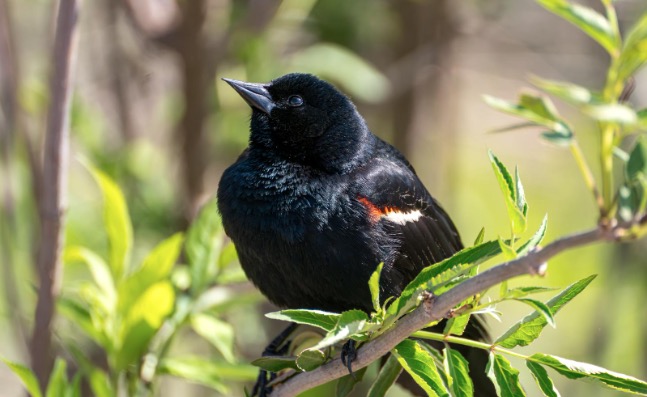
In summer, birds show off bright colors that attract mates. After the breeding season—in late May and early August, for many North American songbird species—many birds molt, losing those summer feathers, and their more subdued winter colors come in. By the time September rolls around, these species are ready to migrate. In fact, September marks the peak migration period for songbirds, including warblers, flycatchers, vireos, and thrushes. They will move through the Chicago area en masse as they head south for the winter, and many will stop in backyards, forest preserves, and natural areas along the way to rest and forage.
In October, short-distance species, such as kinglets and wrens, start traveling—but go no more than a few hundred miles. Songbirds that eat insects may be found closer to the ground as they hunt insects that are starting to shelter in herbaceous vegetation. And seed-loving species such as American goldfinches and sparrows can be seen perching atop prairie plants.
November is peak waterfowl migration season, so look for different species going south to warmer climates in North, Central, and South America. Basically, right now through mid-November, billions of birds will be traveling south. So look up and see if you can spot them!
How to Help Migrating Birds
More than 250 species of birds fly through the Chicago area during fall migration—but a 2019 study found that Chicago also happens to be a very dangerous place for birds to be, thanks to light pollution and its geography. To help, turn off business and residential lights, close your window blinds and soap the glass, keep pets inside or leashed, maintain feeders and bird baths, and add native plants to your garden! Read more here.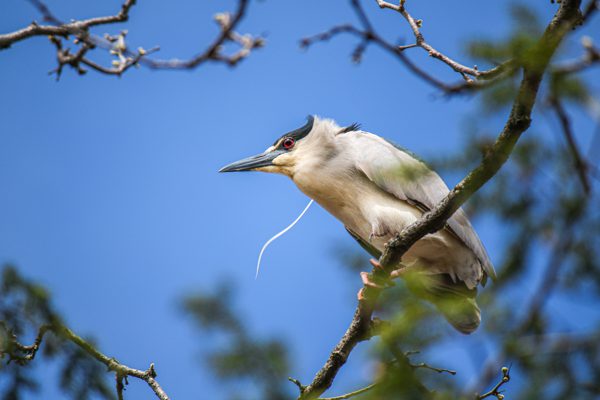
Reptiles and Amphibians Slow Down
The early fall period marks hatching season for many regional turtle species, including common snapping turtles and spiny softshell turtles. Many of these cold-blooded animals breed in the spring and summer, but it may take two months or more for clutches to mature enough that eggs can hatch. Hatch rates can be affected by many variables, including how much food is available and what the temperatures they are experiencing. Reptiles and amphibians that hatch in the fall may overwinter underground or in the water until they emerge in the spring. And of course, it takes them years to mature to reproductive age; a common snapping turtle may not get there until 15–20 years after they hatch.
Later in the fall, freshwater turtles, frogs, garter snakes, and other herps will bury themselves beneath the frost line. They enter a state of suspended animation called brumation. Some may use a hibernaculum, a shelter where hundreds of individuals spend their winter; garter snakes are among the species that do this.
Fish Prep for Winter
In the fall, fish remain active and may even increase their activity levels to bulk up before winter, but will change their food-finding strategies to accommodate the changing conditions. For example, once temperatures drop, some fish start instinctively conserving energy and changing their habits to adapt to the colder conditions. Rather than hunting small prey, predatory fish shift to larger prey, which offer a larger payoff for less effort. They eat aggressively to prepare for the leaner winter, but may be more selective about what they choose to pursue.
As most species of fish are cold-blooded, they tend act like reptiles and amphibians when water temperatures decrease. Native freshwater fish such as pumpkinseed fish, largemouth bass, and bluegills will dive to the deepest parts of their habitat and slow their metabolism to ride out winter.
Insects Finish Breeding and Retreat

Insects, too, are cold-blooded. All those cicadas you hear in September are trying to attract mates, creating a loud chorus that is unique to each species, but they’re done by October. In October, monarch butterflies that have hatched in Illinois leave for wintering grounds in Mexico.
Bees, wasps, ants, and other hymenopterans enter their breeding season. They finish in November, when fertilized queen bumblebees retreat to a hibernaculum, often in abandoned rodent dens, to spend the winter restarting the hive population.
Living Wildlife Friendly
Lincoln Park Zoo, a natural gem in an urban area, is home to the Urban Wildlife Institute, which includes researchers whose work is designed to help us coexist with city animals. If you’re looking for ways in which you foster positive experiences with wildlife in Chicago, they recommend observing without disturbing animals, reducing waste and securing your trash, building wildlife habitat where you can, and spreading the word. Learn more here.
Plants Go Dormant and Survive on Their Stores
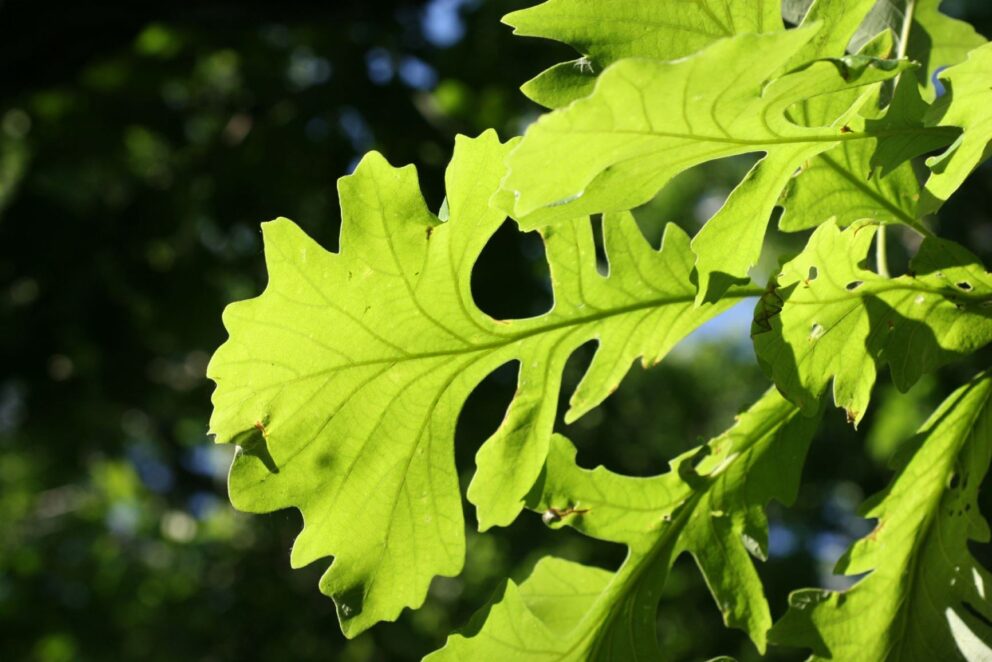
Throughout the spring and summer, the leaves of plants use chlorophyll to absorb sunlight, triggering photosynthesis. Photosynthesis involves converting sunlight, water, and carbon dioxide into sugars that help plants grow. As days get shorter, there’s not as much sunlight available for this process. At this time, plants stop making the chlorophyll that turns them green and spurs growth. Annual plants finish producing seeds and flowers, while perennials start to store energy in their roots and “die back” to the ground so only their roots remain. Basically, plants go dormant and use their stores of energy to survive the winter, just like some animals do.
This includes trees. As trees stop making chlorophyll, other pigments already in their leaves—like carotenoids and anthocyanins, which each lead to the display of different colors—start to become visible. Then they start building cell walls between branches and leaves to block the flow of water and nutrients into the leaves, causing them to die off and become shed. This helps reduce water loss and conserve moisture when water is scarce or trapped in frozen ground, and and thus can’t be drawn in easily to the tree by the roots. The process also reduces damage to the tree from frost on the more fragile leaves and branches. And like other plants, most trees go dormant in the winter. Evergreens, however, retain chlorophyll and can still photosynthesize in winter—as long as there’s a non-frozen source of water around for their roots to pull from.
Mammals Adapt in Many Ways
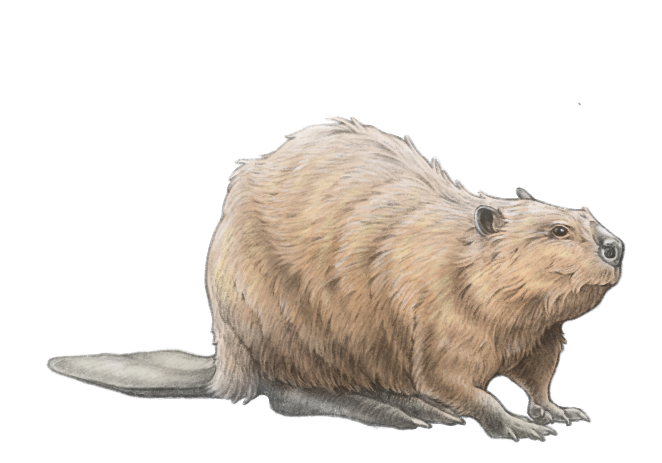
Illustration by Wildlife Management Coordinator Henry Adams
Mammals are quite diverse and have a wide variety of strategies to adapt to the coming seasons, from hibernation to foraging more so they can store food for the winter. Around November at Nature Boardwalk, beavers start to reinforce their dens with mud. This keeps them insulated throughout the cold winter months. White-tailed deer enter the rut, which is what their breeding season is called. They become more active and territorial during this time, and drivers should be more mindful when driving at times of lower visibility near known deer habitats.
The eight species of bats in the Chicago area adjust to colder weather by hibernating or migrating, as the insects that make up their diet become more scarce. Species here mate into the fall, but fertilization is delayed—hibernating females store sperm in their uterus until ovulation occurs in late winter or spring. Some local species, including the tri-colored bat, the little brown bat, and the big brown bat, spend their summers out in trees but move into caves to slow their metabolism and rest over the winter.
And then there are coyotes.
Coexisting With Coyotes
Coyotes are becoming a more common sight in urban environments, including Lincoln Park Zoo and the zoo’s Nature Boardwalk—even during the day! What should you do if you’re entering a space that might have coyotes? In general, keep your distance and treat these ecologically important animals with respect. Make a little noise, such as clapping, whistling, or calling, to alert them to your presence. Mind your own business and make sure your companion animals are leashed (unleashed animals are seen all the time at Nature Boardwalk!). Do not approach coyotes, including young ones, and don’t panic. If one seems to be following you, walk away from where you think the den might be and it should leave you alone. Use loud noise and large posturing if necessary.

Illustration by Wildlife Management Coordinator Henry Adams
Fall is the dispersal period for coyotes; pups are old enough to leave their family groups, which is why you may see a spike in coyote activity during this season. As cold weather arrives, coyotes may also approach human establishments more frequently to get warm and obtain resources. Plus, it’s easier to see them among the reduced foliage during the autumn months.
